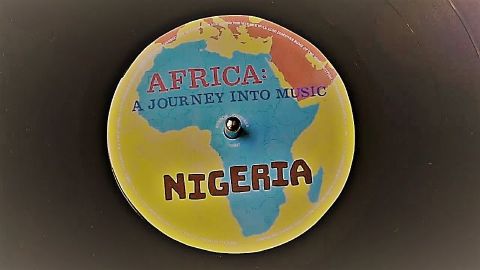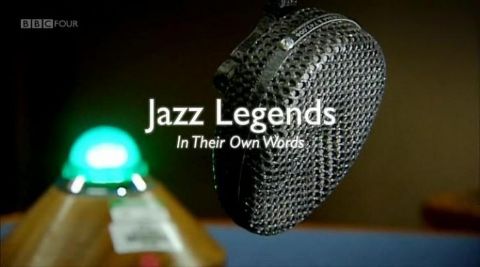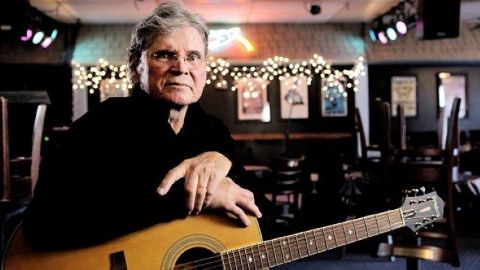Keith Richards • 2010 • The Culture Show
To mark the publication of Keith Richards' autobiography, Life, this Culture Show special looks at the life of the man with five strings and nine lives. In a candid interview he chats to Andrew Graham-Dixon about his childhood in Dartford, his passion for music and the decade that catapulted the Rolling Stones from back-room blues boys to one of the greatest rock 'n' roll bands in the world.
Make a donation
Buy a brother a hot coffee? Or a cold beer?
Hope you're finding these documentaries fascinating and eye-opening. It's just me, working hard behind the scenes to bring you this enriching content.
Running and maintaining a website like this takes time and resources. That's why I'm reaching out to you. If you appreciate what I do and would like to support my efforts, would you consider "buying me a coffee"?
Donation addresses
BTC: bc1q8ldskxh4x9qnddhcrgcun8rtvddeldm2a07r2v
ETH: 0x5CCAAA1afc5c5D814129d99277dDb5A979672116
With your donation through , you can show your appreciation and help me keep this project going. Every contribution, no matter how small, makes a significant impact. It goes directly towards covering server costs.





